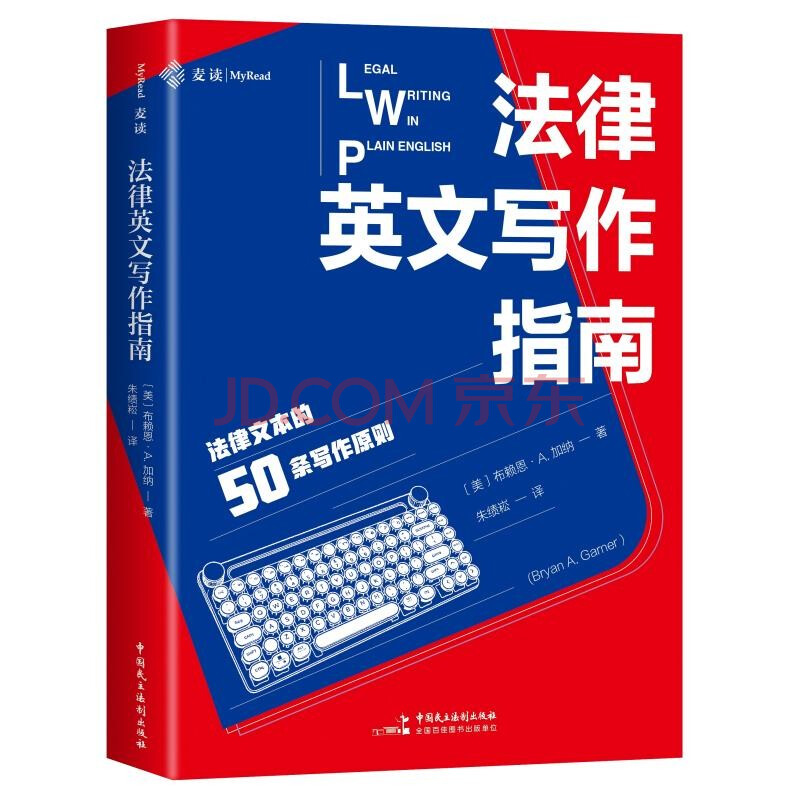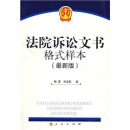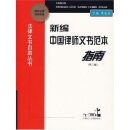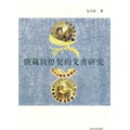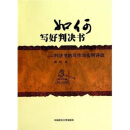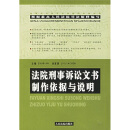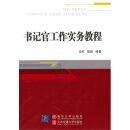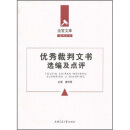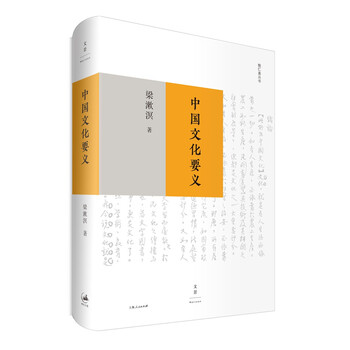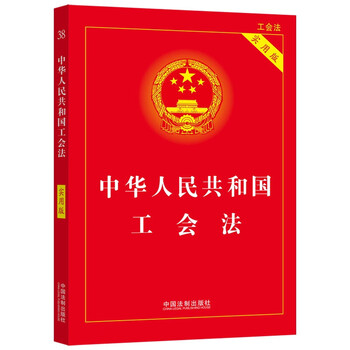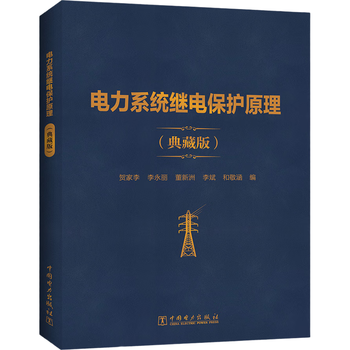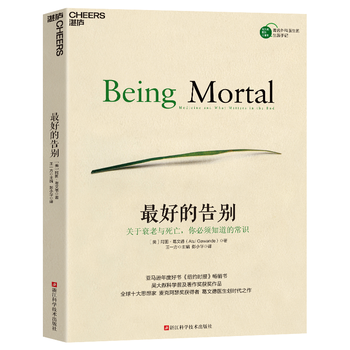内容简介
本书旨在破除人们以往对于法律英文写作的迷思,试图将诘屈聱牙的法律英文写作还原为传递信息这一本质。著名语法学家布赖恩·A.加纳细致地总结了50条写作原则,从适用于所有法律文本的构思、遣词、造句,到分析性文本与说服性文本的写作原则,从法律文书的起草,再到整体的文件设计,从微观到宏观,都指出了常见的错误,并提出了相应的明确指引。在每一节之后,作者还安排了写作练习,帮助读者“学而时习之”,进一步提高英文写作水平。
精彩书评
露丝·巴德·金斯伯格(原美国最高法院大法官)
Bryan Garner拥有无与伦比的才能,能将复杂的法律写作原则转化为清晰的指南。所有希望提高写作技能的法律人都应该读他的书。
《哈佛法律评论》
Garner的工作彻底改变了许多律师和法官处理写作的方式。《Legal Writing in Plain English》是其思想的精华,实用且立竿见影。
《耶鲁法律杂志》
对于被晦涩法律文风困扰的学生和律师来说,这本书是一剂良药。Garner用令人信服的例子展示了清晰写作就是有效思考。
亚马逊五星好评:
这是我读过的关于法律写作最好、最实用的书。没有空洞的理论,全是具体的、可以明天就用在工作中的技巧。它让我写的备忘录和信件得到了合伙人的直接表扬。
作为一位非母语者,这本书的价值无法估量。它不仅仅教你语法,更教你如何像美国律师一样思考和组织观点。它是我职业生涯中最好的投资之一。
法学院应该把这本书列为一年级必修课。它会为你节省数百小时被上级修改文书的时间。
目录
第一章 适用于所有类型法律写作的若干原则 /001
01 构思 /003
第 1 节? 言之有物,思考透彻 /003
第 2 节? 有规有矩,水到渠成:尝试运用非线性大纲规划 /008
第 3 节? 按逻辑顺序排列材料;按时间顺序陈述事实;内容相关则位置相近 /017
第 4 节? 篇章节段,层次分明;标题句段画龙点睛 /024
02 造句 /030
第 5 节? 若无必要,一律删裁 /030
第 6 节? 平均句长控制在 20 词左右 /037
第 7 节? 主谓宾相连,贴近句首 /045
第 8 节? 以平行结构阐述并列观点 /049
第 9 节? 主动语态优于被动语态 /054
第 10 节? 避免多重否定 /061
第 11 节? 句末掷地有声 /064
03 遣词 /067
第 12 节? 艰涩术语若能简化,则摈弃之 /067
第 13 节? 使用动词,须强力而精准,is, are, was 和 were 能避则避 /075
第 14 节 精简冗长短语,重点留意 of /079
第 15 节? 将 -ion 结尾名词转化为动词 /084
第 16 节? 避免双词词组与三词词组 /088
第 17 节? “指名道姓”,切忌 -ee/-or 结尾的名词 /091
第 18 节? 避免不必要地频繁插入简称 /094
第 19 节? 忌用生僻的首字母缩略词 /097
第 20 节? 文辞可诵 /101
第二章 分析性文本与说服性文本的写作原则 /107
第 21 节? 开头、主体、结尾皆需规划 /109
第 22 节? 运用“深化争议点法”,开宗明义 /116
第 23 节? 概述从简,切勿巨细无遗 /124
第 24 节? 各段以主题句起首 /131
第 25 节? 段间衔接 /135
第 26 节? 段落长度参差,总以简短为宜 /142
第 27 节? 沿途标记 /149
法律英文写作指南 / 003
第 28 节? 引文来源信息归于脚注,文章一气呵成 /153
第 29 节? 灵活援引,融入正文 /165
第 30 节? 正视驳论 /170
第三章 主要用以指导法律文书起草的若干原则 /173
第 31 节? 面向普通读者,而非假想中受理案件的法官 /175
第 32 节? 条款按重要性降序排列 /180
第 33 节? 尽量减少定义与互见。若定义较多,则附于文末而非列于文首 /188
第 34 节? 将列表拆解为平行条款,各子部分列表置于句尾,而绝非句首或句中 /194
第 35 节? 删尽 shall /204
第 36 节? 切忌附文 /209
第 37 节? 如遇 and/or,一律替换 /218
第 38 节? 单数优于复数 /222
第 39 节? 以数字代替文字表示数目,二者不可连用 /225
第 40 节? 勉力理解某项格式条款及文书收录该条款之原因;若百思不得其解,则删之 /230
第四章 文件设计原则 /235
第 41 节? 字体美观 /237
第 42 节? 留白充裕,使用得当 /240
第 43 节? 以项目符号等醒目标记突出要点 /243
第 44 节? 切忌所有字母或首字母大写 /247
第 45 节? 文件若长,可制目录 /250
第五章 持续进步之道 /261
第 46 节? 接受逆耳忠言 /263
第 47 节? 系统编辑 /266
第 48 节? 语法、用法参照权威资料 /269
第 49 节? 经常评估自己与他人之阅读好恶 /275
第 50 节? 佳作方便读者,拙文适得其反 /279
试读
第一章 适用于所有类型法律写作的若干原则
第1节 言之有物,思考透彻
写作,最大的难点在哪里?在于从万千思绪中确立论点,进而通过充分的论证、翔实的论据,加以清晰阐述。
这条原则看似显而易见,却常为法律写作者忽视,导致文章含糊不清、表意不明。即便论点了然于胸,若辅以千回百转的铺陈,则与毫无论点又有何区别呢?除非动力极强,否则读者是不会费力钻研,刨根问底的。
这就该说说法学院了。每个学法律的人,都得咀嚼无数冗长晦涩的文本。案例论述迂回曲折,迟迟不指出浅显易懂的道理;又如洋洋洒洒50页的法律评论,实则写上5页就足够了,论证还会更有力。法学生之所以从头到尾动力极强,埋头苦读,探求大意,无非因为自己的职业生涯将立足于此。除了硬着头皮去啃雾里看花的文本,别无他法。
下面这个单句摘自一份司法意见。试试看,你能概括出法庭的观点吗?
And in the outset we may as well be frank enough to confess, and, indeed, in view of the seriousness of the consequences which upon fuller reflection we find would inevitably result to municipalities in the matter of street improvements from the conclusion reached and announced in the former opinion, we are pleased to declare that the arguments upon rehearing have convinced us that the decision upon the ultimate question involved here formerly rendered by this court, even if not faulty in its reasoning from the premises announced or wholly erroneous in conclusions as to some of the questions incidentally arising and necessarily legitimate subjects of discussion in the decision of the main proposition, is, at any rate, one which may, under the peculiar circumstances of this case, the more justly and at the same time, upon reasons of equal cogency, be superseded by a conclusion whose effect cannot be to disturb the integrity of the long and well- established system for the improvement of streets in the incorporated cities and towns of California not governed by freeholders’charters.
法庭所言何意?辞藻虽华美至极,所言无非“本院上次判错了”,而已。
如果在此基础之上,增词添句,到处回旋往复,最终堆砌成章,必然佶屈聱牙,愈发晦涩。这样的文章,除了法学生和有偿服务的律师之外,是不会有人愿意研读的。
即使你甘愿啃读他人创作的晦涩文本,你自己下笔时可得立定目标:绝不能让你的读者受这份罪。因此作者应兼备“读者思维”与“作者思维”。所谓读者思维,即应思维敏锐,拨云见日,径取要害;所谓作者思维,即应专心致志,摒弃芜杂,直抒胸臆。
这是优秀法律写作者的第一步。
练习
每一级练习都需要首先查找指定案例,然后撰写相应的案例摘要,即遵循案例梗概的标准格式:(1)案例名、引文来源信息(依适当格式);(2)案情梳理;(3)有待裁决的问题;(4)判决;(5)判决理由。最终成文篇幅不应超过5×7英寸索引卡片(正反面)所限。练习难度递增,原因无外乎两点。其一,案例所涉法理愈加复杂;其二,司法意见的语言难度增加。完成练习后,可请友人评判所拟案例摘要是否易懂。
以下为案例摘要范例:
Case: Henderson v. Ford Motor Co., 519 S.W.2d 87 (Tex. 1974).
Facts: While driving in city traffic, Henderson found that, despite repeated attempts, she couldn’t brake.To avoid injuring anyone, she ran into a pole. An investigator later found that part of a rubber gasket from the air filter had gotten into the carburetor. Henderson sued Ford on various theories, including defective design. Her expert witness didn’t criticize the design of the gasket, carburetor, or air filter, but did say that the positioning of the parts might have been better. No one testified that the air-filter housing was unreasonably dangerous from the time of installation. Yet the jury determined that the air-filter housing was defective and that this defect had caused Henderson’s damage.
Question: The expert witness didn’t testify that the design was unreasonably dangerous—only that it could be improved on. Is this testimony sufficient to support a jury finding that a product’s design is unreasonably dangerous?
Holding: Mere evidence that a design could be made better—without evidence that the design itself was unreasonably dangerous—is insufficient to impose liability on a manufacturer.
Reasoning: A plaintiff in a design-defect case must provide some evidence that the design of the product made it unreasonably dangerous. Specifically, the evidence must show that a prudent manufacturer who was knowledgeable about the risks would not have placed the particular product in the stream of commerce. Mere speculation that a product might be improved on does not constitute evidence of a design defect. A manufacturer is not required to design the best product that is scientifically possible.
本节摘要
√确定你的信息。在开始写任何你希望最终使用的东西之前,决定你的主要观点是什么。
√考虑你的目标读者以及传达你的信息的最有效方式。
√如果你没有特定的读者,就用你认识的人。永远不要在脑海中没有读者的情况下写作。
√通过撰写案件摘要来练习法律写作。以示例中所示的方式解释案件,就好像对完全不了解它的人一样。使用巧妙的阐述。

